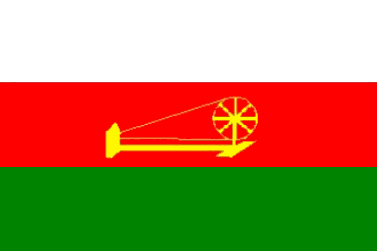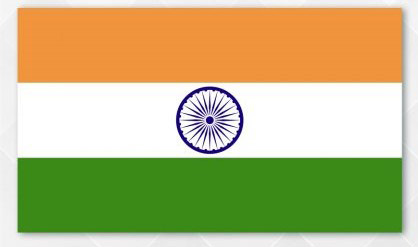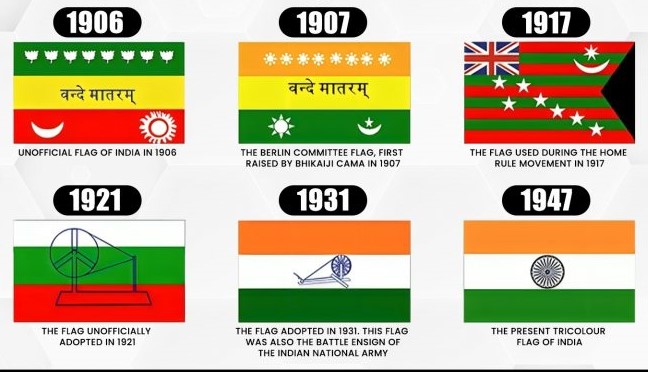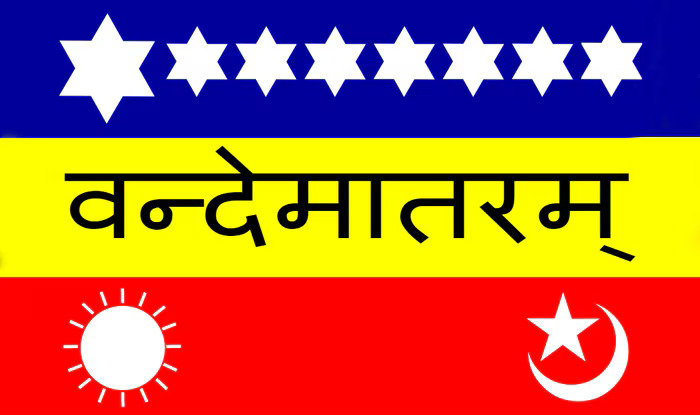National Flag Day: Commemorating India's Journey Towards Independence
Blogs Home
- 29 Jul 2024
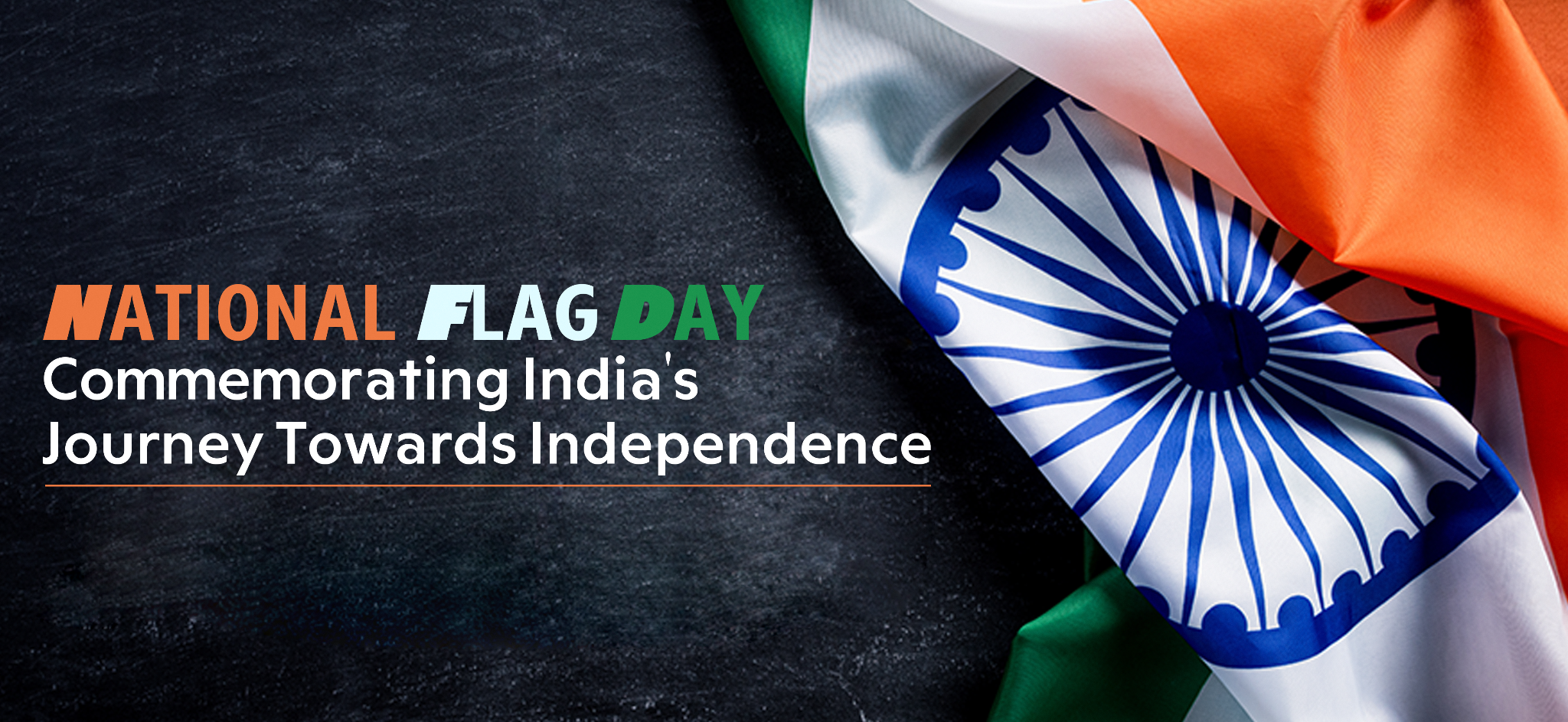
Every year on July 22, India observes National Flag Day, a significant occasion that honors the adoption of the Indian national flag. This day is a tribute to India's rich history and the relentless struggle for independence from British colonial rule. The national flag, a symbol of unity, pride, and sacrifice, embodies the spirit and aspirations of the Indian people.
Let's delve into the history, significance, and celebration of National Flag Day and understand how this emblem became a beacon of hope and freedom for millions.
The Birth of the Indian National Flag
The journey of the Indian national flag began long before its official adoption. The first national flag of India was hoisted on August 7, 1906, in Parsee Bagan Square (Green Park) in Calcutta (now Kolkata). This flag comprised three horizontal stripes of red, yellow, and green. The red stripe had eight white lotuses, the yellow stripe had "Vande Mataram" written in Hindi, and the green stripe bore a white sun on the left and a white crescent and star on the right.
In 1921, Pingali Venkayya, an Indian freedom fighter, designed a new flag with red and green stripes, representing Hindus and Muslims, respectively. Mahatma Gandhi suggested adding a white stripe to symbolize peace and the remaining communities of India, along with a spinning wheel (charkha) to represent self-reliance.
The current tricolor flag was first adopted on July 22, 1947, during a meeting of the Constituent Assembly, just before India's independence from British rule. The flag is made of three horizontal stripes with saffron at the top, white in the middle, and green at the bottom. The Ashoka Chakra, a 24-spoke wheel in navy blue, is at the center of the white stripe.
The Symbolism of the National Flag
The Indian national flag is not just a piece of cloth; it is a symbol of the country's identity, sovereignty, and the collective will of its people. The flag's colors and the Ashoka Chakra encapsulate the core values and philosophies that India stands for.
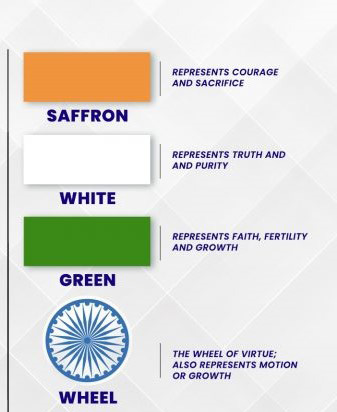
Saffron: Courage and Sacrifice
The saffron color at the top of the flag signifies the courage and selflessness of the nation. It is a tribute to the countless freedom fighters who sacrificed their lives for India's independence. This color also represents the spirit of renunciation and disinterestedness, reminding the citizens to rise above personal interests for the greater good of the nation.
White: Peace and Truth
The white stripe in the middle stands for peace, honesty, and purity. It reflects the country's commitment to maintaining harmony and truthfulness in both internal and external affairs. The white color urges the citizens to uphold integrity and transparency in their actions.
Green: Faith and Chivalry
The green stripe at the bottom signifies faith, fertility, and the auspiciousness of the land. It highlights India's agricultural heritage and its deep connection to nature. Green also symbolizes growth, reminding the citizens of the importance of development and progress.
Ashoka Chakra: The Wheel of Law
The Ashoka Chakra, placed in the center of the white stripe, is a symbol of the eternal wheel of law. It represents the dynamic nature of change and progress. The 24 spokes of the Chakra signify the 24 hours of the day, emphasizing the importance of time and the need for constant vigilance and action.
The Role of the Flag in the Freedom Struggle
The Indian national flag played a pivotal role in the country's struggle for independence. It was a symbol of resistance, unity, and defiance against British rule. Freedom fighters carried the flag during protests, marches, and uprisings, often risking their lives to keep the spirit of nationalism alive.
The Dandi March (1930)
- One of the most iconic moments in India's freedom struggle was the Dandi March led by Mahatma Gandhi in 1930. As Gandhi and his followers marched 240 miles to produce salt in defiance of the British salt monopoly, they carried the tricolor flag. This act of civil disobedience became a symbol of the Indian people's determination to achieve self-rule.
The Quit India Movement (1942)
- During the Quit India Movement in 1942, the national flag became a powerful emblem of resistance. Freedom fighters across the country raised the flag as a symbol of defiance, calling for an end to British rule. The sight of the tricolor fluttering in the face of repression inspired millions to join the struggle for independence.
Historical Milestones and the Evolution of the Flag
The evolution of the Indian national flag is marked by several significant milestones, each reflecting the changing socio-political landscape of the country.
Sister Nivedita’s Flag (1904-1906)
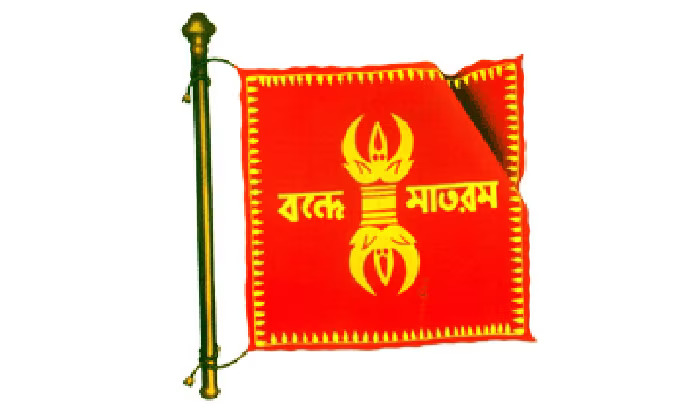
The first Indian flag was created by Sister Nivedita, an Irish disciple of Swami Vivekananda, around 1904-1906. Known as Sister Nivedita’s flag, it featured red and yellow colors with a white lotus and a 'vajra' (Lord Indra's weapon) in the center. The words 'Bonde Matoram' were written in Bengali. The red and yellow symbolised freedom and victory, while the 'vajra' represented strength.
The Calcutta Flag (1906)
After Sister Nivedita’s flag, the Calcutta flag introduced the tricolor concept. It had three horizontal stripes: blue, yellow, and red. The top blue stripe featured eight differently shaped stars in a straight line. 'Vande Mataram' was written on the yellow stripe, and the bottom red stripe displayed a sun and a crescent moon with a star. The inclusion of "Vande Mataram," written in blue Devanagari script, and a patriotic song by Bankim Chandra Chatterjee, became a rallying cry for freedom fighters
Early Nationalist Flags 1906
In 1906, a new flag was hoisted on August 7 at an anti-partition rally in Parsee Bagan Square, Kolkata. Designed by Sachindra Prasad Bose and Sukumar Mitra, it had three horizontal stripes: green (top) with eight lotus flowers representing the provinces, yellow (middle) with 'Vande Mataram' inscribed, and red (bottom) with a crescent moon on the left and a sun on the right.
The Berlin Committee Flag (1907)
The Berlin Committee Flag was designed by Madame Bhikaji Cama, Vinayak Damodar Savarkar (Veer Savarkar), and Shyamji Krishna Varma. In 1907, Madam Bhikaji Cama, an Indian revolutionary, unfurled a modified version of the 1906 flag at the International Socialist Conference in Stuttgart, Germany. This flag, known as the Berlin Committee Flag, included the words "Bande Mataram" and was a powerful statement against British colonial rule. It became the first Indian flag hoisted on foreign soil. The Flag was similar to the first flag, but with one lotus and 7 Saptarishi stars.
The Home Rule Movement Flag (1917)
During the Home Rule Movement, Dr. Annie Besant and Lokmanya Tilak hoisted another version of the flag, which included seven stars representing the Saptarishi constellation. This flag symbolized India's aspirations for self-governance. Red and green horizontal stripes with 7 white Saptarishi stars. The Union Jack in the top left corner, white crescent and star in another corner. It aimed for Dominion Status within the British Empire, similar to Australia and New Zealand.
Mahatma Gandhi’s Flag (1921)
In 1921, Mahatma Gandhi proposed a tricolor flag with a spinning wheel ('charkha') at its center, representing the dominant religions and promoting religious harmony. However, the flag's colors were not finalized, prompting further changes. The red stripe symbolized sacrifice, the green stripe represented hope, and the white stripe stood for peace. This flag was introduced at the Indian National Congress meeting in 1921.
The 1931 Tricolor Flag
The previous flag was unpopular among the public and leaders due to its perceived communal interpretation. The colors were changed to saffron, white, and green. Saffron represented both Hindu yogis and Muslim darvesh, while the white band in the middle stood for other religious communities. Designed by Pingali Venkayya, it became the first official flag of India, retaining the 'charkha' symbol to represent the Swadeshi movement.
In 1931, the Indian National Congress adopted a new tricolor flag with saffron, white, and green stripes, and the charkha at the center. The 1931 resolution adopted a tricolor (saffron, white, green) with no communal significance. This flag was a precursor to the current national flag and represented the unity and diversity of India.
The Adoption of the Current Flag (1947)
On July 22, 1947, the Constituent Assembly adopted the current tricolor flag with the Ashoka Chakra. This flag became the official symbol of independent India, embodying the country's ideals and aspirations.The meanings of the colors were also redefined. The saffron band now represents courage and selflessness, the white symbolizes purity, peace, and truth, the green stands for faith, fertility, and prosperity, and the Ashoka Chakra signifies the rule of dharma.
The Significance of Hoisting the Flag
Hoisting the national flag was a revolutionary act during the freedom struggle. It was a direct challenge to British authority and a declaration of the Indian people's resolve to achieve independence. Freedom fighters who hoisted the flag were often subjected to brutal repression, imprisonment, and even death, but their sacrifices only strengthened the resolve of the nation.
The Flag Code of India
The Indian national flag is governed by the Flag Code of India, which ensures its proper display and handling with respect and dignity.
Guidelines for Display
The Flag Code specifies that the flag should always be hoisted in a position of honor, with the saffron band at the top. When displayed horizontally or vertically, the saffron band should be on the left when viewed by an observer.
Prohibitions and Respect
The flag should not be used for commercial purposes, drapery, or clothing, and it should never touch the ground, floor, or water. A damaged or soiled flag must be disposed of respectfully, usually by burning.
Proper Disposal
Worn or damaged flags should be destroyed with respect, typically by burning in private, ensuring the flag is treated with honor.
Recent Updates - Recent Amendments in 2021 and 2022 to the Flag Code include:
- Material and Display: The flag can now be made of polyester and displayed 24x7 if well-illuminated at night.
- Public and Private Use: Individuals, private organizations, and educational institutions can display the flag on all days and occasions.
- Respect and Dignity: The flag must be hoisted in a position of honor and not used as drapery or clothing below the waist. The saffron band must be at the top, and damaged flags must not be displayed.
- Car Display: Only certain high-ranking officials, like the President and Vice-President, are allowed to display the flag on cars.
Conclusion
National Flag Day is a celebration of India's journey towards independence and the enduring spirit of its people. The national flag, with its vibrant colors and profound symbolism, is a testament to the sacrifices of freedom fighters and the aspirations of a nation. As Indians come together to honor the flag, they reaffirm their commitment to the principles of courage, peace, and unity. The national flag is not just an emblem; it is a beacon of hope and a reminder of the collective strength and resilience of the Indian people.
Reference Articles
- https://indianexpress.com/article/explained/explained-how-india-got-its-national-flag-6553812/
- https://www.hindustantimes.com/india-news/centre-amends-flag-code-to-allow-people-to-display-tricolour-24x7-101658590586487.html
- https://www.indiatoday.in/information/story/what-is-flag-code-of-india-and-new-rules-attached-to-it-1983291-2022-08-03
- https://www.fotw.info/flags/in-hist2.html
- https://www.india.com/viral/independence-day-special-how-the-indian-national-flag-tiranga-came-to-its-present-design-2384257/


